Home%20%7C%20Academics%20%7C%20Schools%20%7C%20Research%20Advisors
Youth Red Cross
"Youth Red Cross" is one of the wings of Indian Red Cross Society. It is a movement organized at the college level for students between 18 and 25 years of age. A qualified Lecturer is recognized as the leader and he is called the Programme Officer under whose guidance, the students are trained and encouraged to manage the affairs of the group, electing their own Office-Bearers.
Objectives of Youth Red Cross
To inculcate awareness on the care of their own health and that of others.
To make them understand and accept civic responsibilities, and act accordingly with humanitarian concern.
To enable the growth and development of a spirit of service and sense of duty with dedication and devotion in the minds of youth.
To foster better friendly relationship with all without any discrimination.
Encourage community service through training and education
Disseminate the seven fundamental principles of Red Cross and Red Crescent movement through activities that encourage the Red Cross ideals.
Indian Red Cross Society
Indian Red Cross Society (IRCS) was established in 1920 under the Indian Red Cross Society Act and incorporated under Parliament Act XV of 1920. The act was last amended in 1992 and of rules were formed in 1994. The IRCS has 35 State / Union Territories Branches with their more than 700 districts and sub district branches. Honourable President of India is the President and Hon'ble Union Health Minister is the Chairman of the Society. The Indian Red Cross's programmes are grouped into four main core areas: Promoting humanitarian principles and values; Disaster response; Disaster preparedness; and Health and Care in the Community. Red Cross promotes the Humanitarian values , which encourage respect for other human beings and a willingness to work together to find solutions to problems. From the seven fundamental principles, the movement aims to influence the behaviour of all the people. Disaster response continues to represent the largest portion of IRCS work, with assistance to millions of people annually ranging from refugees to victims of natural disasters. The sharp increase in the number of natural disasters countrywide in recent years has prompted the Red Cross to devote more attention to Disaster preparedness activities. These aim to make Red Cross Societies and communities more aware of the risks they face, how to reduce their vulnerability, and how to cope when disaster strikes. Too many people die as a result of no access to even the most basic health services and elementary health education. Health and community care has become a cornerstone of humanitarian assistance, and accounts for a large part of Red Cross spending. Through these programmes, the Red Cross aims to enable communities to reduce their vulnerability to disease, and prepare for and respond to public health crises.
GET IN TOUCH
0431-2700320/4226436 college@mail.sjctni.edu www.sjctni.edu St.Joseph's College (Autonomous),Tiruchirappalli-620 002,
Tamilnadu, India.









